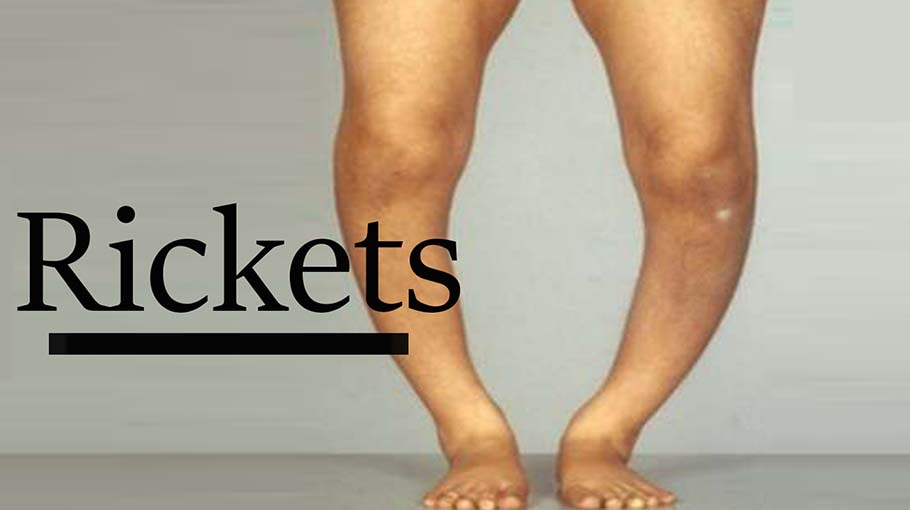How to diagnose rickets (part 4)

During the exam, the doctor will gently press on your child's bones, checking for abnormalities. He or she will pay particular attention to your child's:
• Skull: Babies who have rickets often have softer skull bones and might have a delay in the closure of the soft spots (fontanels).
• Legs: While even healthy toddlers are a little bowlegged, an exaggerated bowing of the legs is common with rickets.
• Chest: Some children with rickets develop abnormalities in their rib cages, which can flatten and cause their breastbones to protrude.
• Wrists and ankles: Children who have rickets often have wrists and ankles that are larger or thicker than normal.
X-rays of the affected bones can reveal bone deformities. Blood and urine tests can confirm a diagnosis of rickets and also monitor the progress of treatment.
Treatment:
Most cases of rickets can be treated with vitamin D and calcium supplements. Follow your child's doctor's directions as to dosage. Too much vitamin D can be harmful.
Your child's doctor will monitor your child's progress with X-rays and blood tests.
If your child has a rare inherited disorder that causes low amounts of phosphorus, supplements and medication may be prescribed.
For some cases of bowleg or spinal deformities, your doctor might suggest special bracing to position your child's body appropriately as the bones grow. More-severe skeletal deformities might require surgery.
Courtesy: Mayo Clinic




